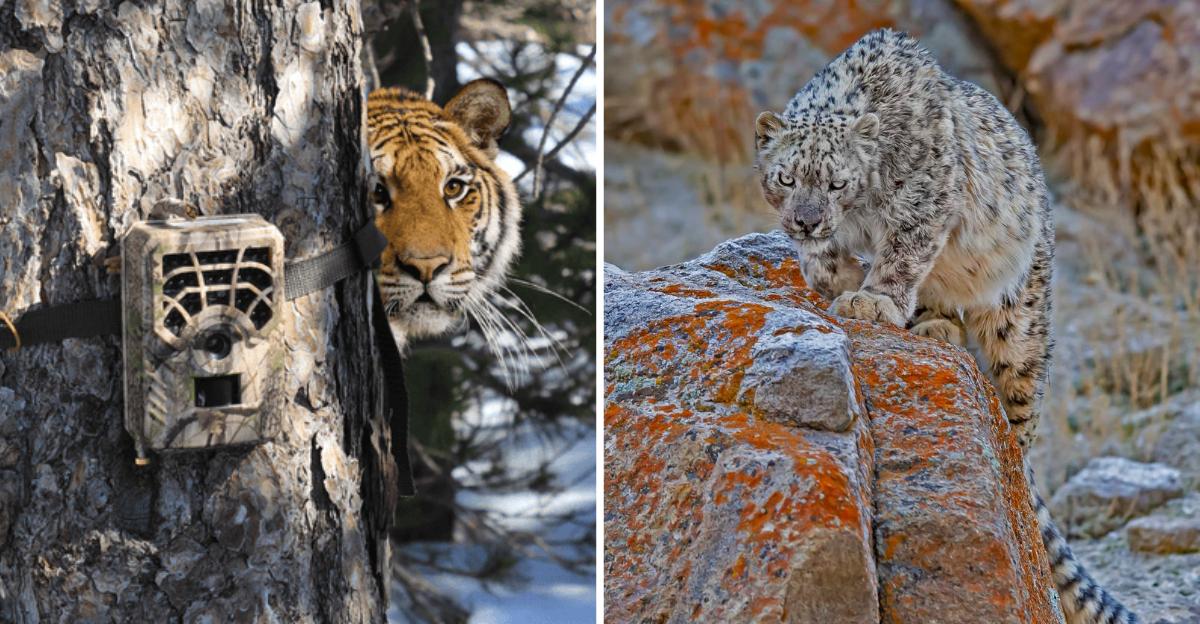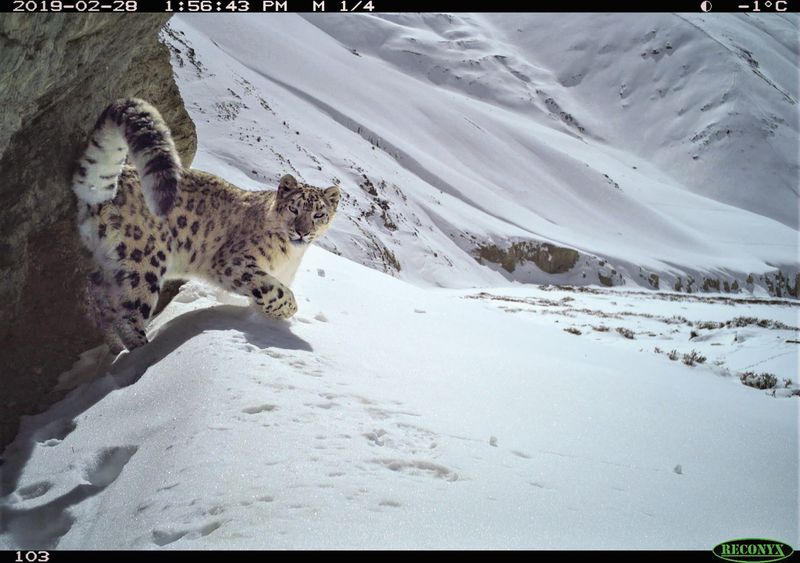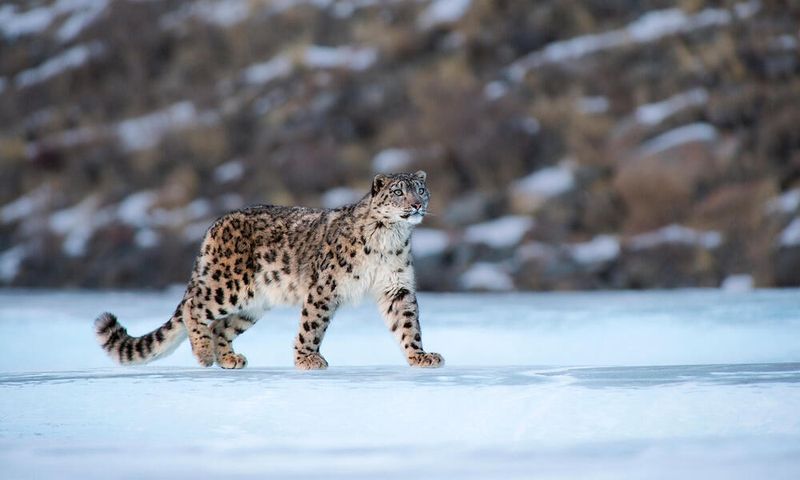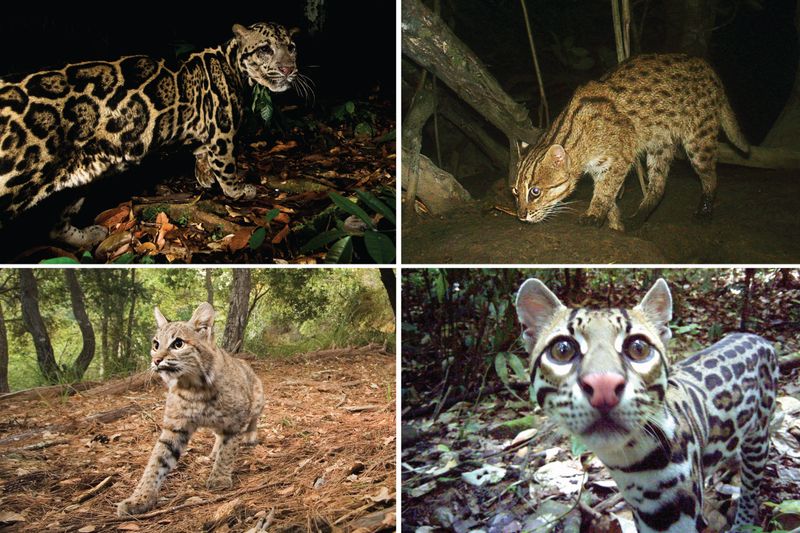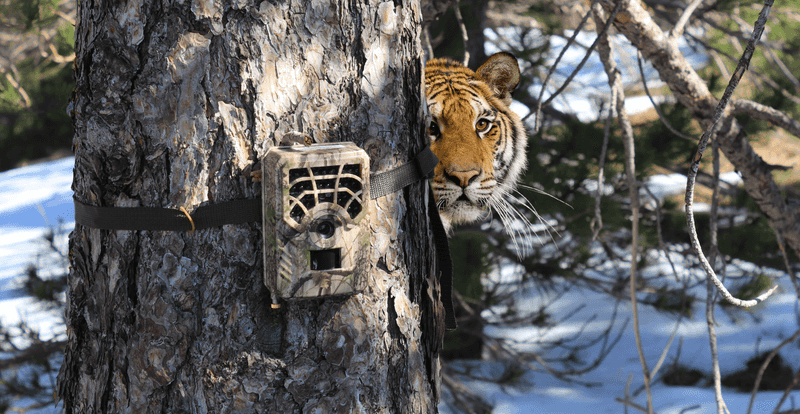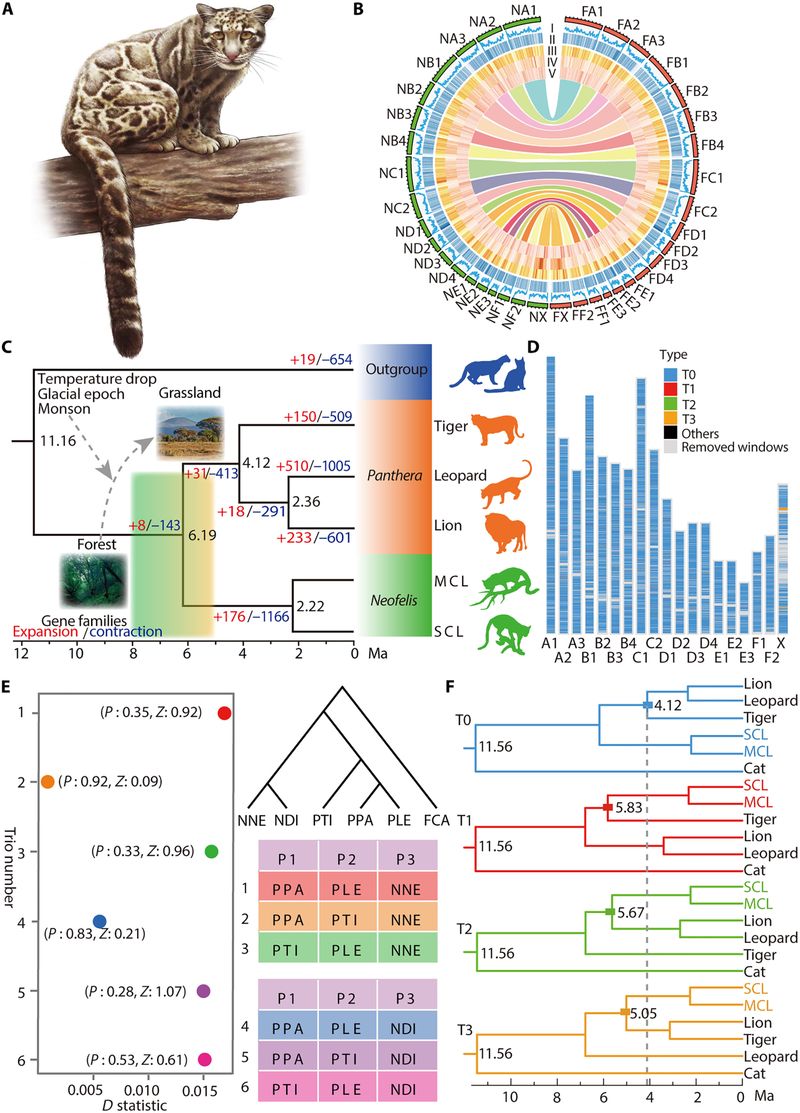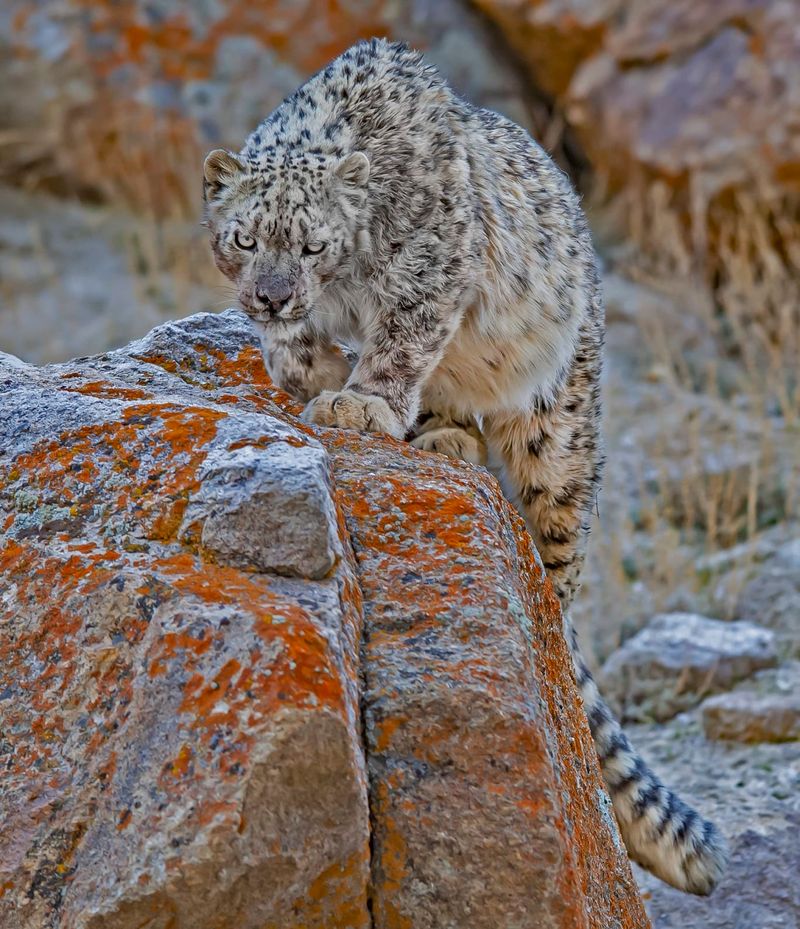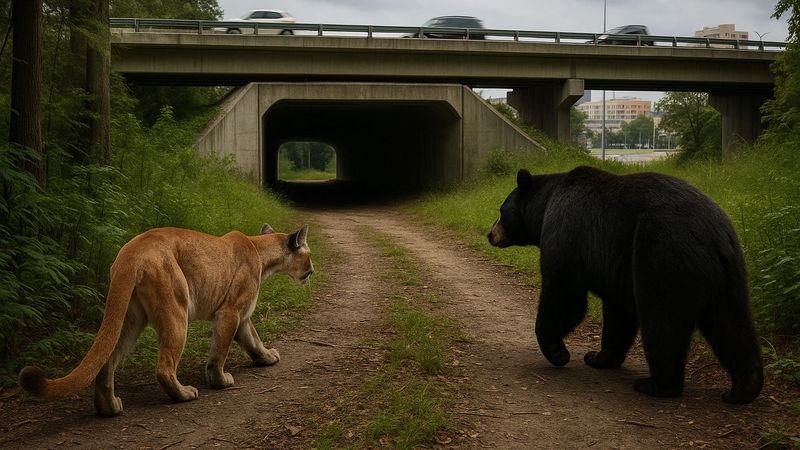📖 Table of Content:
Studying and conserving rare big cats is a task fraught with challenges. These magnificent creatures, often inhabiting remote and inaccessible terrains, remain elusive to researchers. With low population densities and limited funding, conservation efforts become increasingly complex. Despite these hurdles, innovative research methods and dedicated conservation strategies provide a glimmer of hope for their protection. This article delves into the intricate world of rare big cat research, exploring the difficulties scientists face and the cutting-edge techniques they employ to ensure the survival of these majestic animals.
1. Elusive Behavior and Remote Habitats
Many rare big cats, like the snow leopard, have adapted to live in remote, rugged terrains, making direct observation a challenge. Their elusive nature allows them to blend seamlessly into their surroundings, evading human detection. These habitats, often dense forests or high mountains, require researchers to navigate difficult and sometimes dangerous terrains. The vast areas these cats inhabit mean that conventional tracking methods are often ineffective. Researchers must rely on advanced technology and local knowledge to gain insights into these secretive animals.
2. Low Population Densities
Snow leopards, with their sparse populations spread over millions of square kilometers, present a unique challenge to researchers. These magnificent cats roam Asia’s high mountains, where their elusive presence is felt more than seen. Tracking a single individual requires patience and perseverance, as well as a deep understanding of their behavior. Conservationists must invest significant time and resources to gather meaningful data. The low density of these populations makes every sighting a rare and valuable occurrence, critical for understanding and protecting them.
3. Limited Research Funding
Historically, funding for small and rare big cats has been limited, with less than one percent directed towards them. This disparity means that many species, despite their ecological importance, remain understudied. Researchers often face financial constraints that hinder extensive fieldwork or technological investments. The focus on more prominent species like lions and tigers leaves little room for lesser-known cats. Creative fundraising and collaboration are essential to overcome these barriers and ensure comprehensive studies. The fight for resources remains a significant barrier to effective conservation.
4. Camera Traps Innovation
Camera traps have revolutionized how researchers study elusive species like the flat-headed cat. These motion-activated devices capture images without human interference, providing invaluable data on behavior and population dynamics. Strategically placed in habitats where these cats roam, camera traps offer a glimpse into their secretive lives. The images collected help scientists understand movement patterns and interactions within ecosystems. This non-invasive method reduces disturbance and enables long-term studies. Camera traps have become an indispensable tool, broadening our understanding of species previously shrouded in mystery.
5. Conservation Genetics
Non-invasive DNA collection has opened new avenues for studying rare big cats. By analyzing fecal samples, scientists can identify individuals and assess genetic diversity without capturing them. This approach has significantly advanced our knowledge of snow leopard populations across multiple countries. Understanding genetic variation is vital for conservation, guiding decisions on breeding and habitat protection. These insights help formulate strategies to maintain healthy populations and prevent inbreeding. Conservation genetics provides a crucial tool for preserving the future of these majestic creatures, offering hope amidst challenges.
6. Community-Based Conservation
Engaging local communities in conservation efforts has proven effective in protecting rare big cats. In Tajikistan, community-run conservancies have led to increased snow leopard sightings, fostering coexistence and reducing poaching. By involving locals, these programs create a sense of ownership and responsibility towards wildlife. Education and awareness campaigns further strengthen community ties to conservation goals. Collaborative efforts build trust, ensuring long-term success and sustainability. This grassroots approach empowers communities and transforms them into stewards of their natural heritage, highlighting the importance of joint efforts in wildlife protection.
7. Protected Areas and Wildlife Corridors
Establishing protected areas and wildlife corridors is crucial for the survival of rare big cats. These designated regions provide safe havens, allowing free movement and access to essential resources. Connecting habitats ensures genetic diversity and healthy populations. Wildlife corridors mitigate the effects of habitat fragmentation, enabling species to adapt to environmental changes. These efforts require collaboration between governments, NGOs, and local communities. By prioritizing land protection, conservationists help secure a future where big cats and humans can coexist harmoniously. Such initiatives are vital for the continued existence of these majestic animals.
